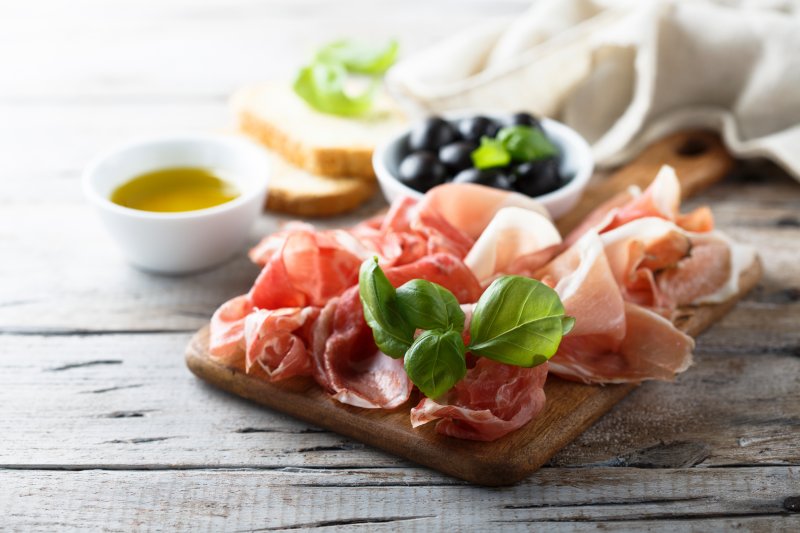
Tooth extraction is an intimidating, but routine procedure that you may have to go through for a number of reasons. Wisdom tooth extraction is one of the most common types of extraction that your dentist will perform in their career, so you’re not alone.
So, since you’re going to have the procedure done, how can you eat better to ensure a speedy recovery and avoid the dreaded dry socket? Let’s find out.
What is Dry Socket?
The most important thing to remember after your procedure is that you will have open places in your mouth that will be trying to heal.
These sockets must be protected while blood clots form and the healing process begins. If that process is interrupted, and the clot is broken or doesn’t form, it leads to a complication called dry socket, which can cause extreme pain as the nerves and bone under the tooth are exposed.
To reduce your risk of dry socket, avoid anything that would cause a sucking sensation in your mouth such as drinking through a straw or smoking a cigarette.
What to Avoid Immediately After Extraction
The type of food can also play a role in your recovery. After the procedure, your mouth will be numb and stuffed with wet gauze—not the most comfortable situation.
During this time, it’s best to avoid hot foods like soup or foods that are gritty or chewy like granola or popcorn. Here are some other foods to avoid for the health of your mouth and recovery from the procedure.
- Saltine crackers
- Pretzels
- Spicy foods
- Nuts
- Sugary sodas
- Alcohol
- Raw or hard vegetables
- Chips
Foods to Enjoy After Extraction
While it can be hard to avoid the tasty pull of some of the foods above, eating after extraction doesn’t have to be bland and boring. Concentrate on soft, nutritional foods and choose what tastes best for you. Here are some examples:
- Yogurt
- Cottage cheese
- Apple sauce
- Avocados
- Scrambled eggs
- Soft fish
- Finely cut meats
- Mashed potatoes
- Oatmeal
If you ever needed an excuse for a charcuterie board, here it is. Experts recommend sticking to these foods for four to seven days after the surgery. After that, you can begin to slowly introduce other foods back into your diet if your mouth is feeling better.
Keeping it Clean
Eating food that’s good for you isn’t the only way to increase the speed of your recovery. It’s important to use a very soft toothbrush to clean your teeth and use a gentle rinse while your mouth is healing.
Following all of these tips will put you on a path to a quick recovery and a better smile. Continue to use this routine and you should recover in less than 3 weeks.
About the Author
Dr. Theresa Lassetter, Dr. Guillermo Rivacoba, and Dr. Shria Dhaon are three of the most accomplished and dedicated dentists in the Waco area. Their combined expertise is what sets Heart of Texas Smiles apart from other practices. If you need an extraction, or other dental care visit their website here, or call (254) 848-0240 to schedule an appointment.
